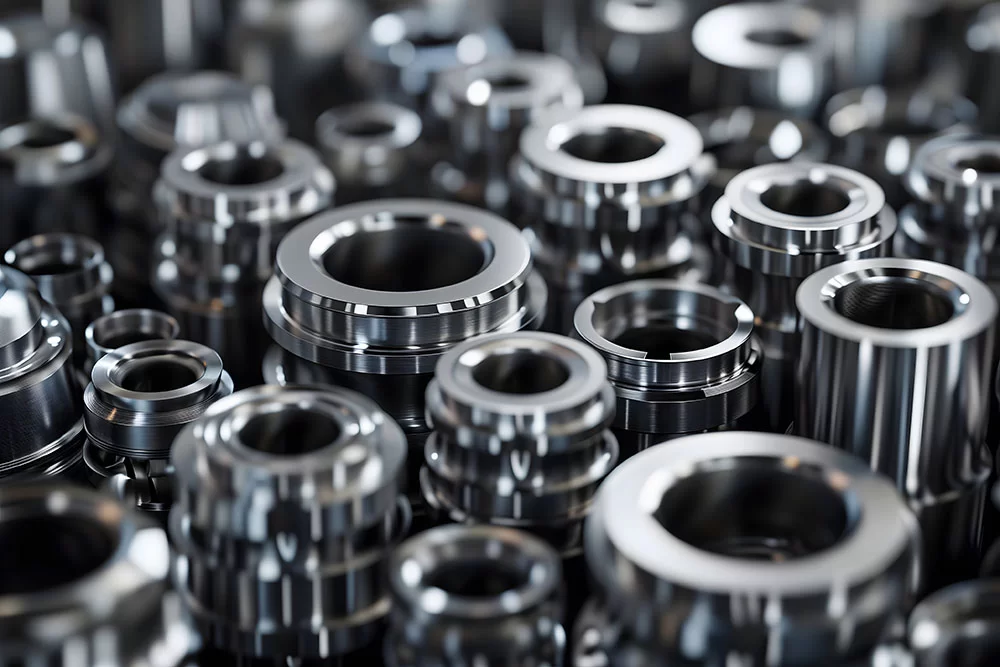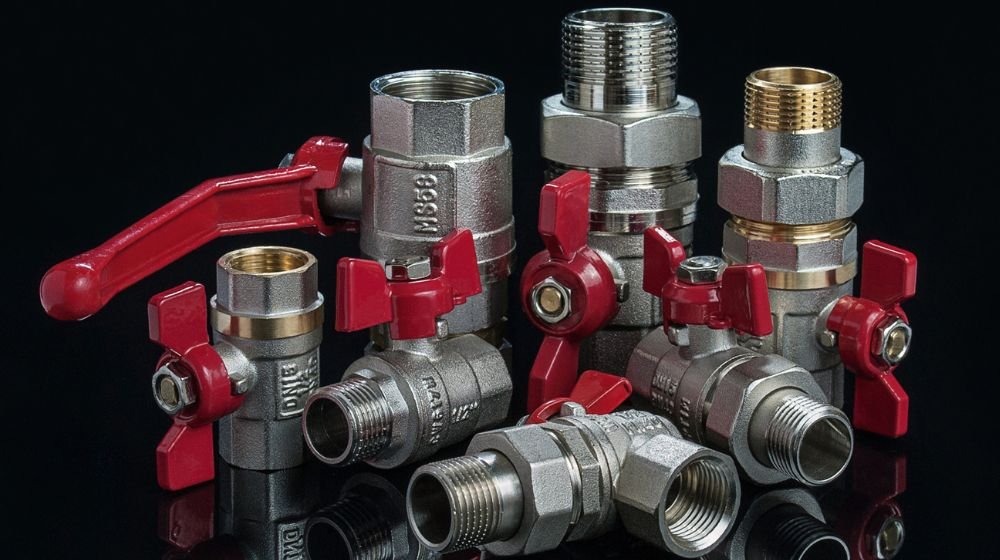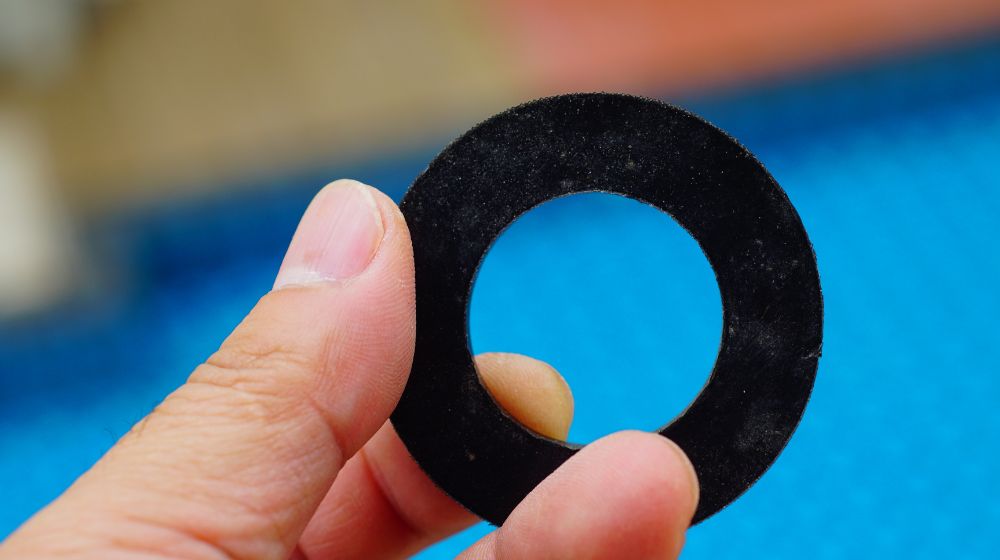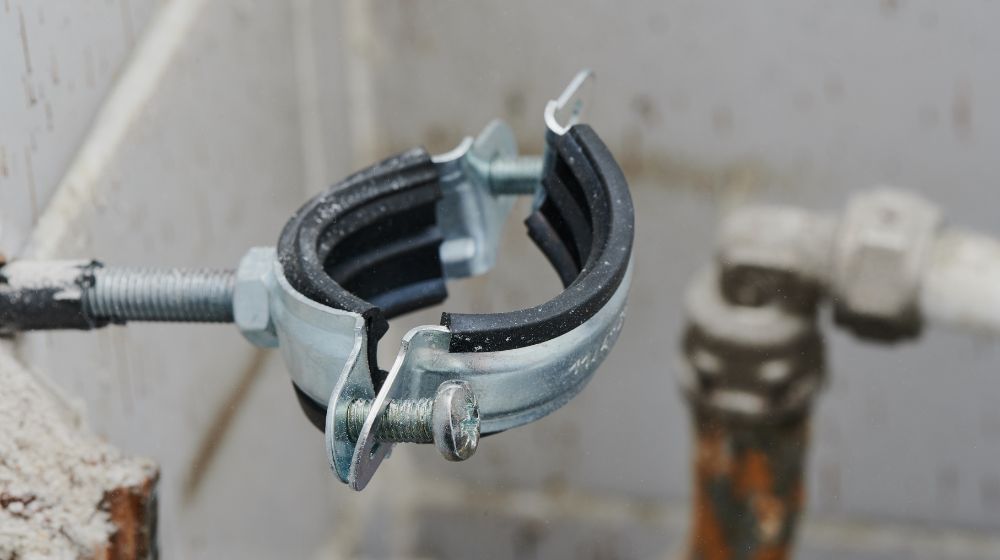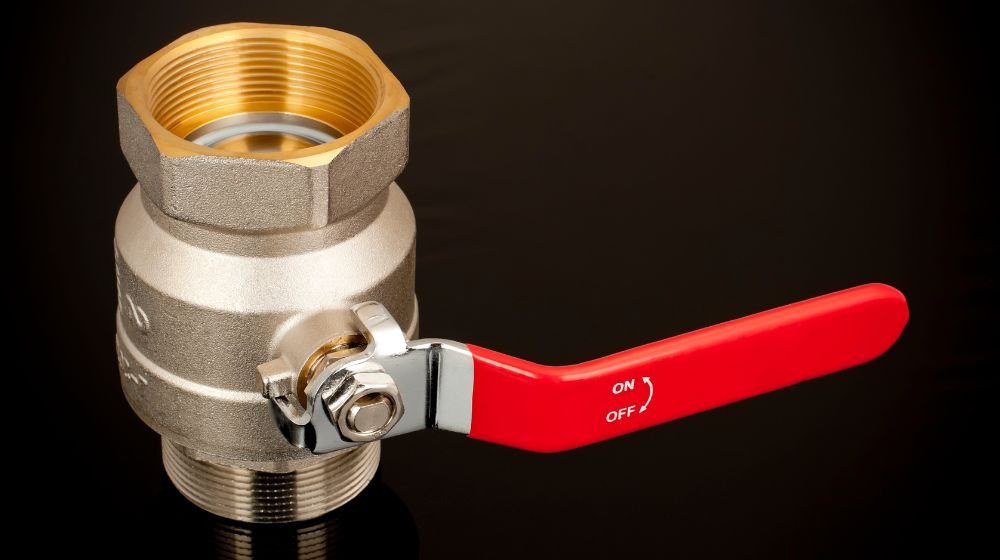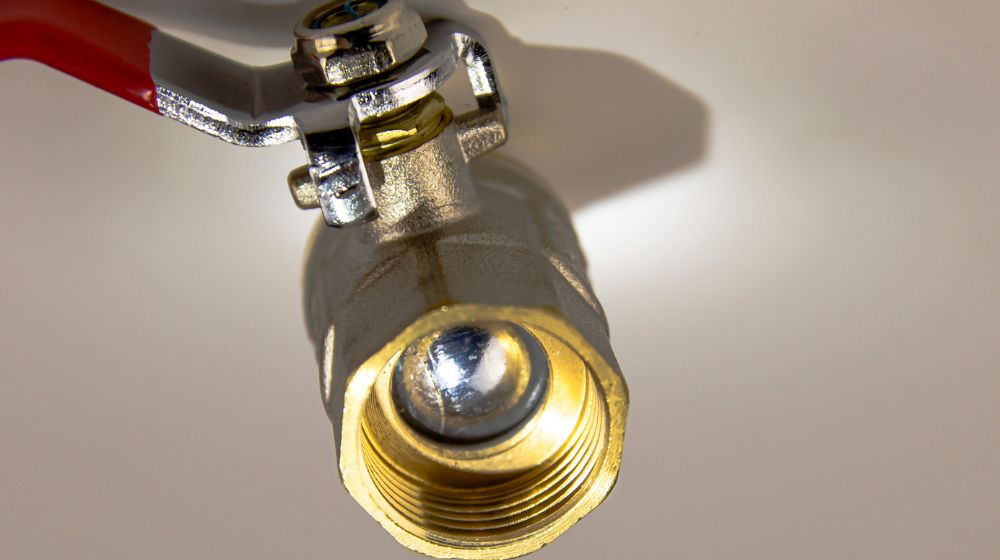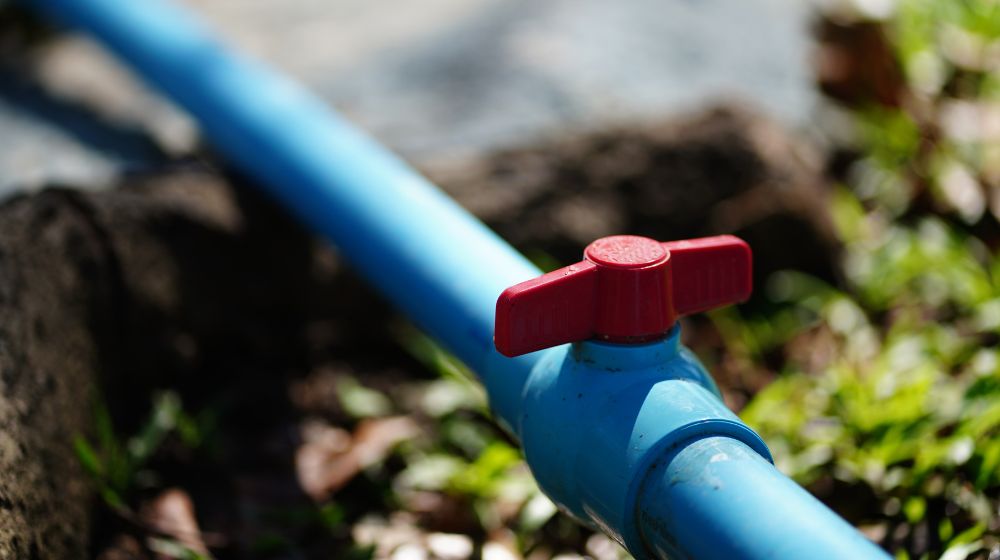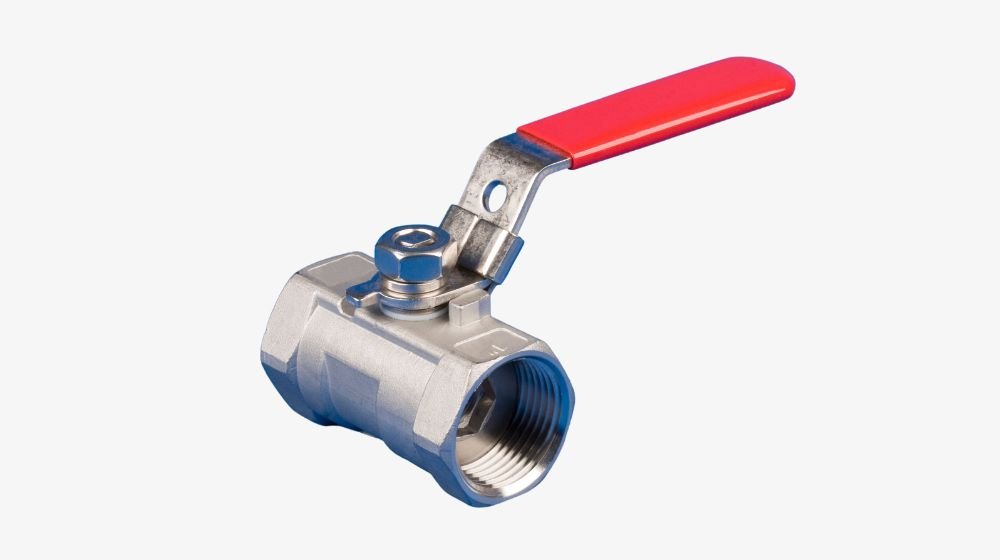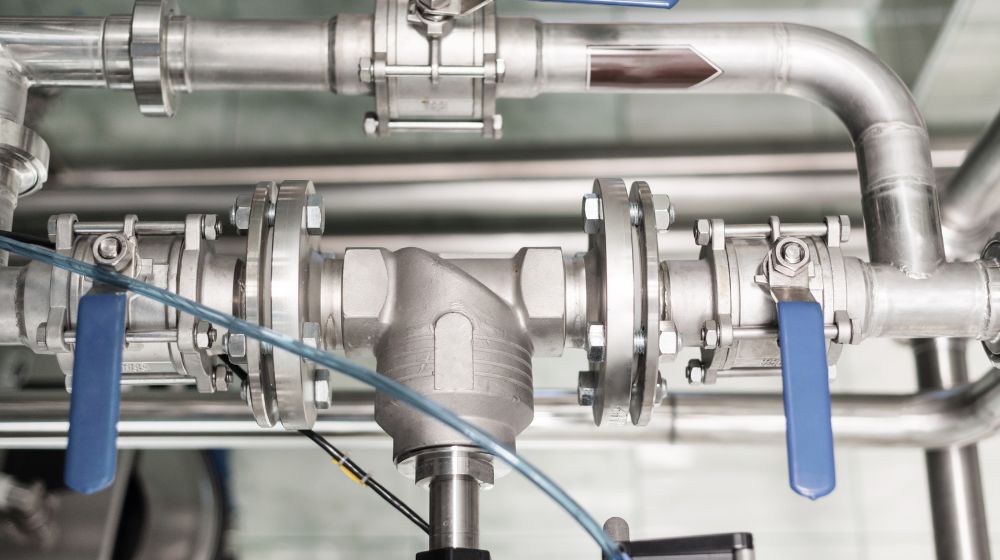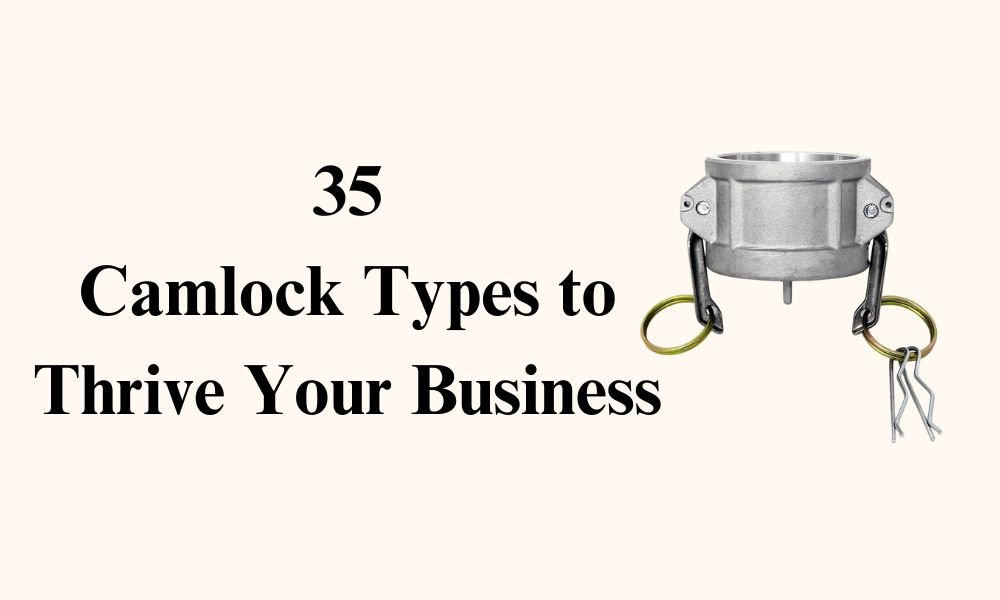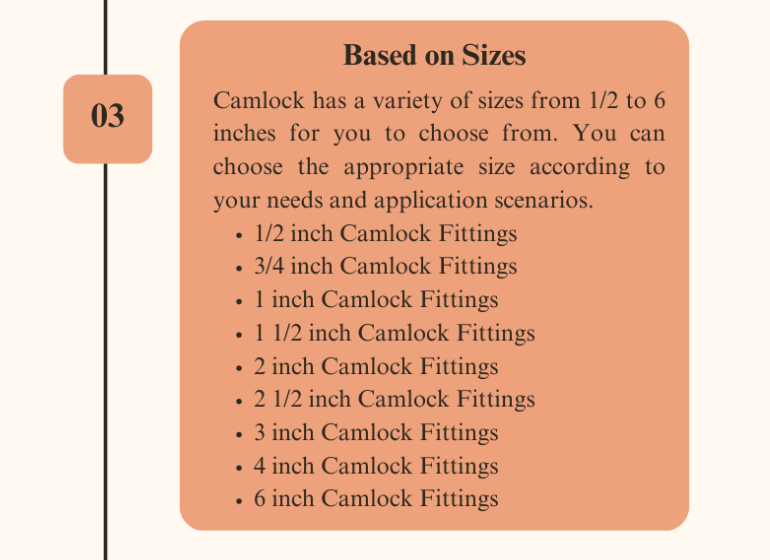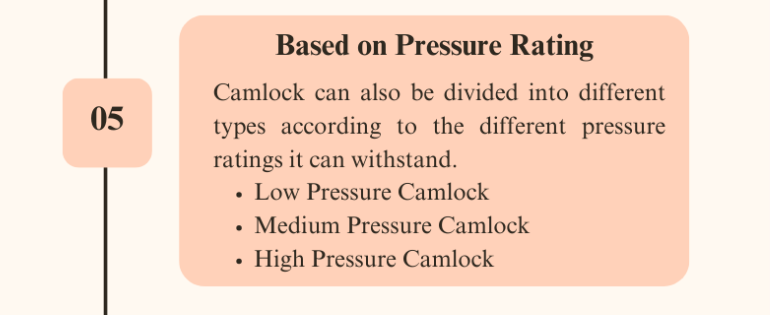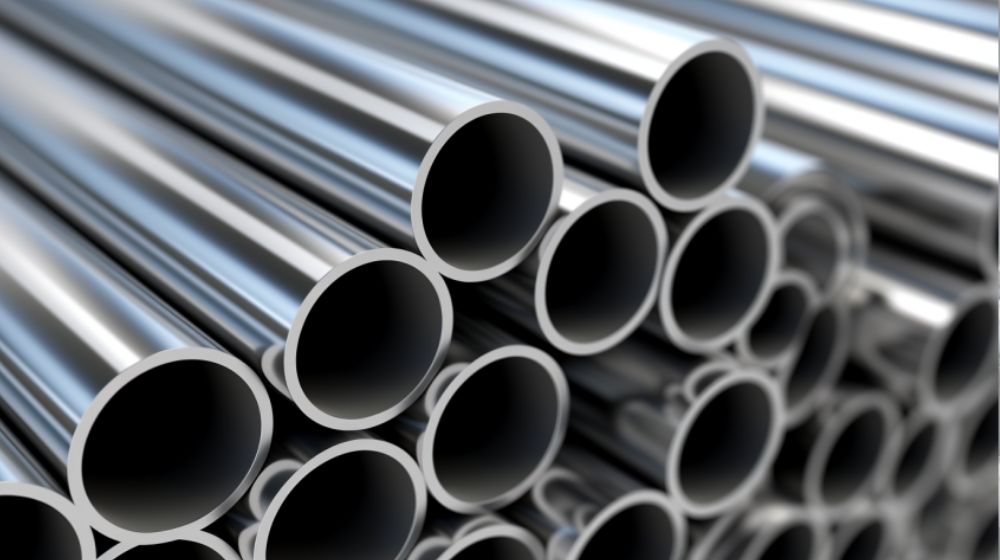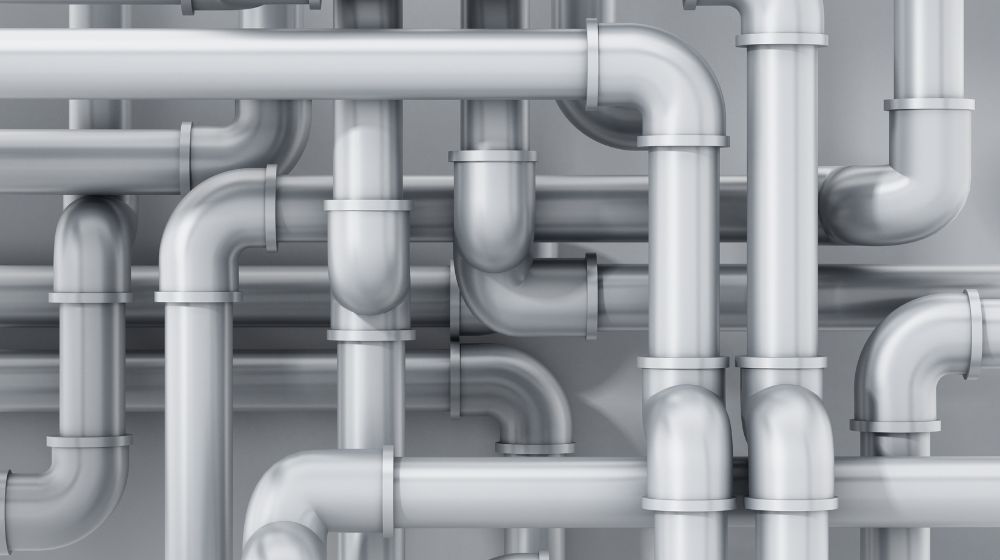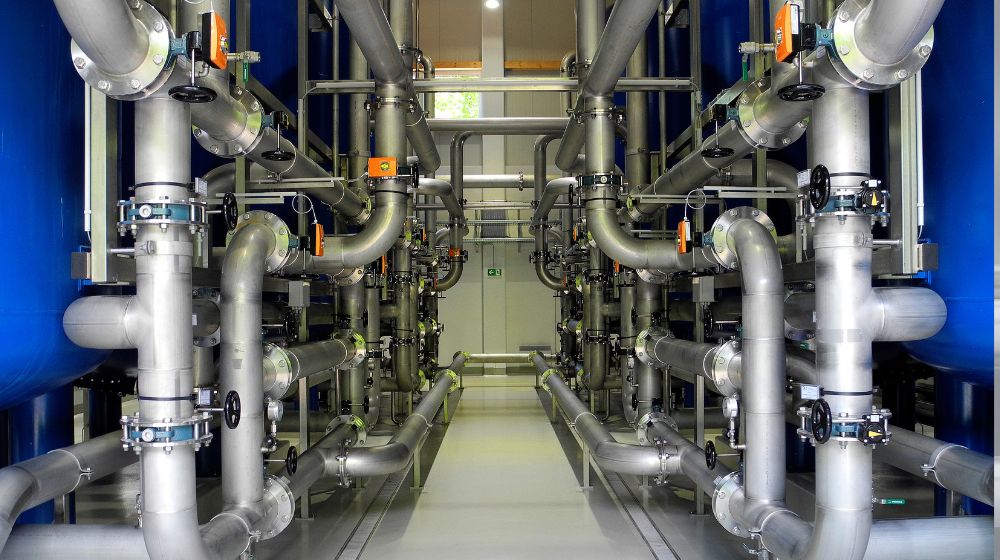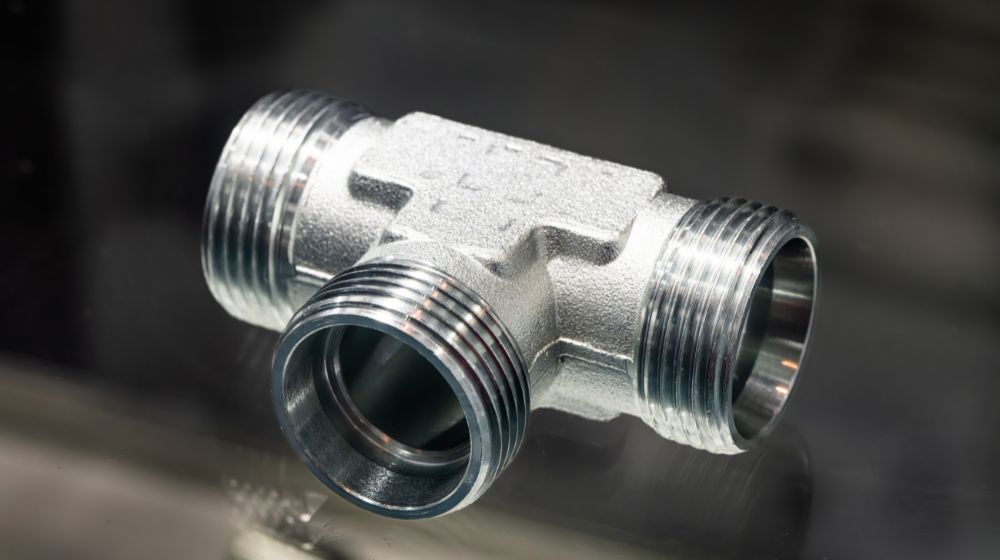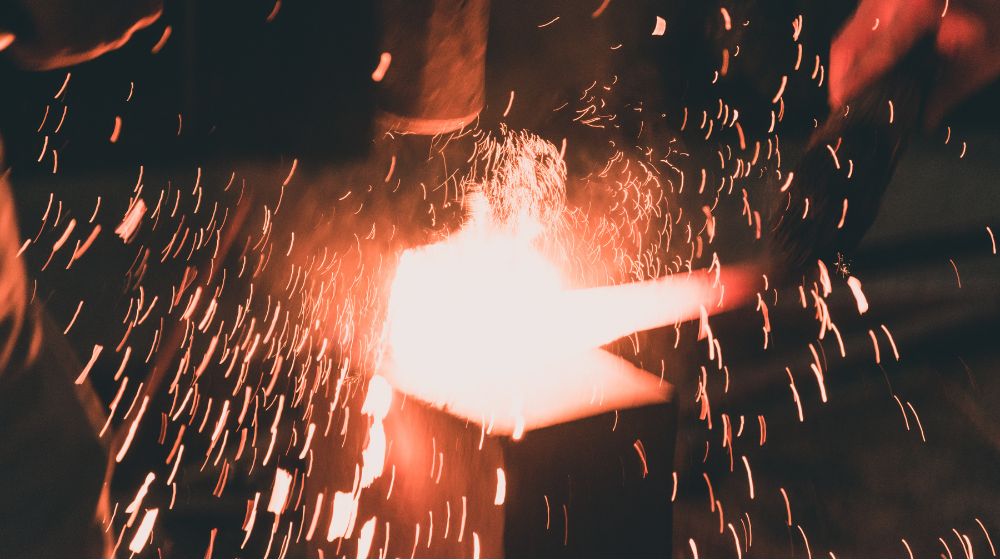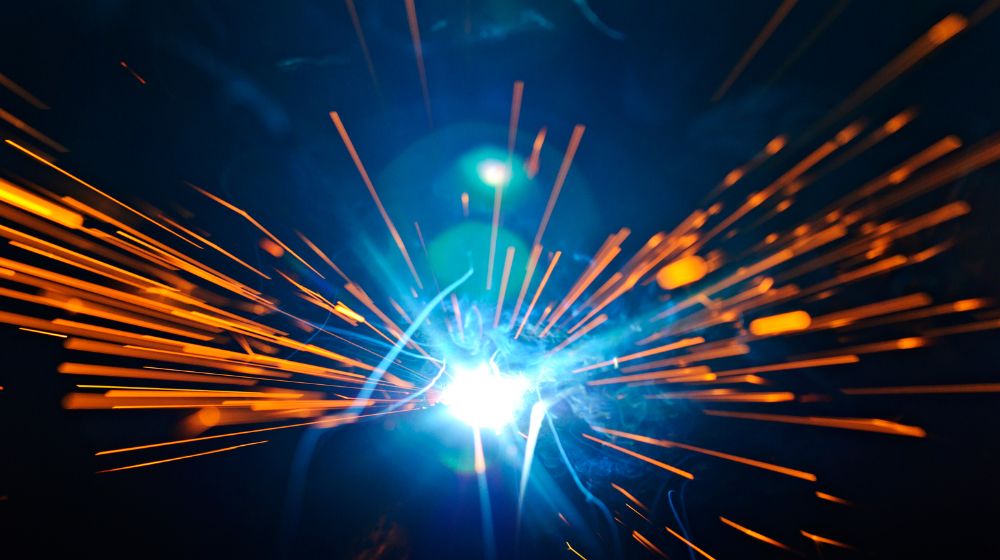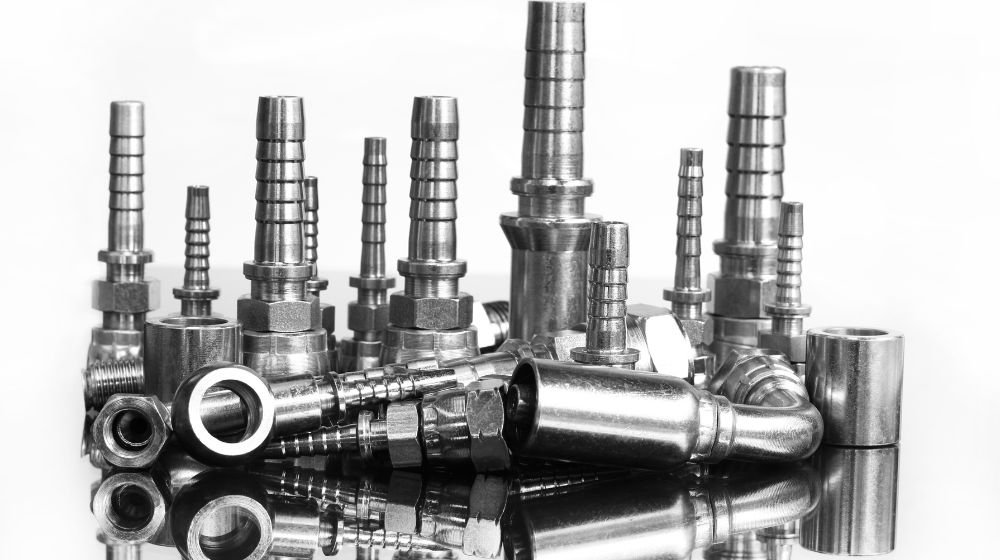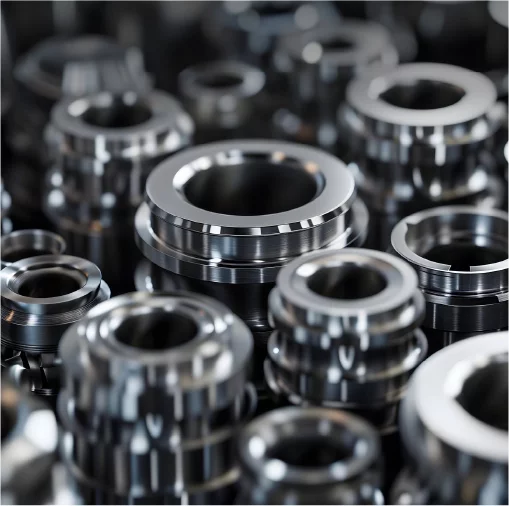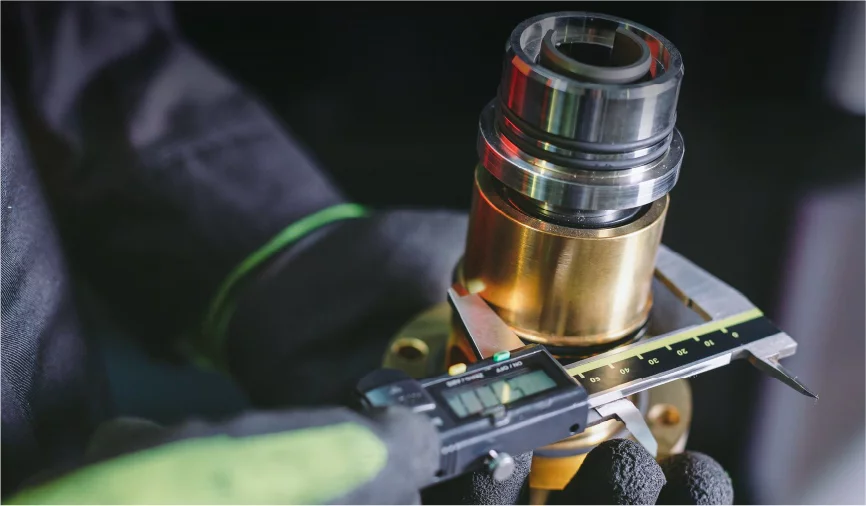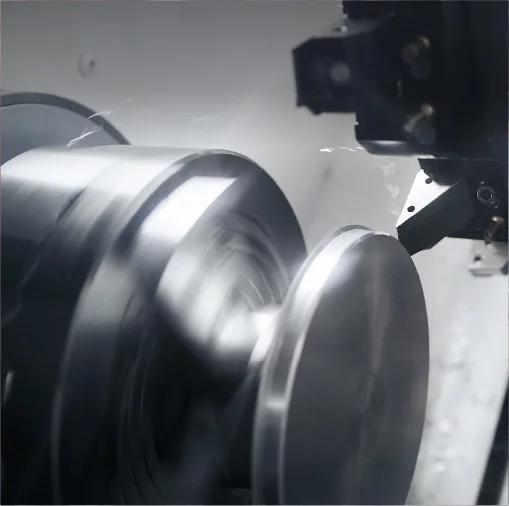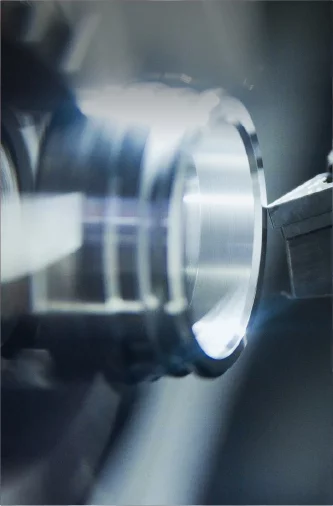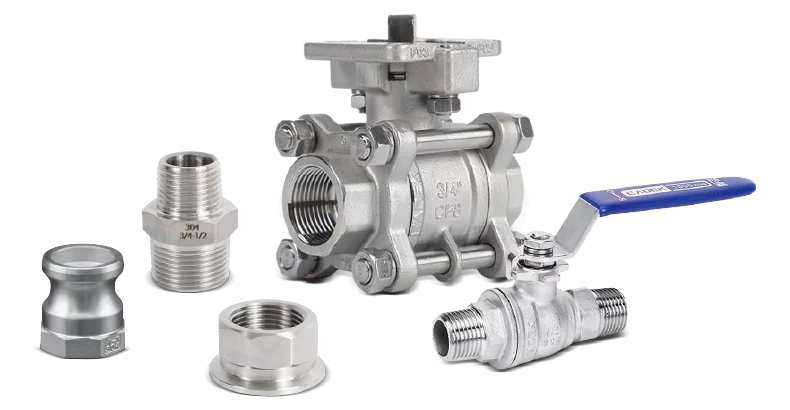บอลวาล์วถูกใช้อย่างแพร่หลายในระบบท่อสำหรับส่งของเหลวและแก้ว บอลวาล์วมีข้อดีคือประสิทธิภาพการปิดผนึกที่ดีเยี่ยม ความทนทาน และความต้านทานการกัดกร่อน อย่างไรก็ตาม หลังจากใช้งานเป็นเวลานาน บอลวาล์วอาจทำงานผิดปกติและเสียหายได้ ในกรณีนี้ คุณจำเป็นต้องเปลี่ยนบอลวาล์ว
ในบทความนี้ คุณจะได้เรียนรู้เกี่ยวกับปัญหาบอลวาล์วทั่วไป ขั้นตอนการเปลี่ยนบอลวาล์ว และข้อมูลอื่นๆ เพื่อช่วยให้คุณรักษาการทำงานที่เสถียรและต่อเนื่องของระบบส่งกำลังของคุณได้
ปัญหาทั่วไป
บอลวาล์วเป็นส่วนสำคัญของระบบส่งกำลังท่อและมีบทบาทสำคัญ อย่างไรก็ตาม ทุกสิ่งอาจเกิดความผิดพลาดได้หลังจากใช้งานเป็นเวลานาน และบอลวาล์วก็เช่นกัน ปัญหาทั่วไปที่อาจเกิดขึ้นระหว่างการใช้งานบอลวาล์วมีดังนี้
ความเสียหายจากการจับ
ด้ามจับอาจเสียหาย ติดขัด หรือหมุนไม่ได้เนื่องจากการใช้งานและการสึกหรอเป็นเวลานาน หรือหากคุณหมุนด้ามจับแรงเกินไปบ่อยๆ อาจทำให้แตกหักได้ง่าย ส่งผลต่อการใช้งานบอลวาล์ว ซึ่งอาจทำให้บอลวาล์วเปิดหรือปิดไม่ได้
การกัดกร่อนรุนแรง
ในระหว่างการใช้งานและการใช้งานในระยะยาว ชิ้นส่วนต่างๆ ของบอลวาล์วจะเกิดการกัดกร่อนในระดับที่แตกต่างกัน การกัดกร่อนอาจทำให้บอลวาล์วทำงานผิดปกติและปนเปื้อนของเหลวที่ส่งผ่าน
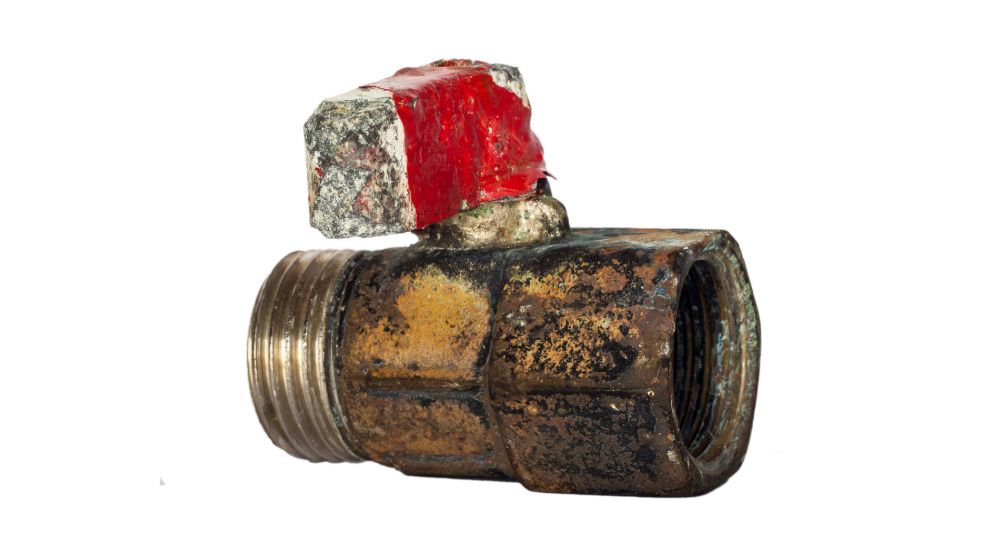
การสะสมของตะกอน
ตะกอนบางส่วนอาจค่อยๆ สะสมตัวภายในบอลวาล์วและบริเวณจุดต่อท่อเนื่องจากการไหลตัวกลางในระยะยาว หากไม่ได้รับการทำความสะอาดอย่างทันท่วงที จะส่งผลกระทบต่อประสิทธิภาพในการส่งผ่านตัวกลาง และอาจส่งผลต่อการทำงานที่เสถียรของบอลวาล์วด้วย
การรั่วไหลของวาล์ว
บอลวาล์วอาจรั่วระหว่างการใช้งาน มีหลายสาเหตุ เช่น ช่องว่างในก้านวาล์ว หรือการสึกหรอของโอริงที่ใช้เป็นซีล กล่าวโดยสรุปคือ เมื่อบอลวาล์วรั่ว จะส่งผลกระทบต่อการทำงานของระบบส่งกำลังอย่างมาก
วิธีการเปลี่ยนบอลวาล์ว
เมื่อบอลวาล์วชำรุด จำเป็นต้องพิจารณาเปลี่ยนใหม่เพื่อรักษาเสถียรภาพการทำงานของระบบส่งกำลัง ต่อไปนี้เป็นขั้นตอนโดยละเอียดเกี่ยวกับวิธีการเปลี่ยนบอลวาล์ว
การตระเตรียม
การเตรียมเครื่องมือ
คุณต้องเลือกเครื่องมือเปลี่ยนทดแทนที่เหมาะสมตามประเภทระบบส่งกำลังของคุณและวิธีการเชื่อมต่อระหว่างบอลวาล์วและท่อ
เครื่องมือที่ใช้กันทั่วไป ได้แก่ ประแจ ไขควง เทปปิดผนึก ฯลฯ หากบอลวาล์วและท่อของคุณเชื่อมต่อกันด้วยการเชื่อม คุณจะต้องเตรียมเครื่องมือตัดเพื่อรองรับกระบวนการเปลี่ยนทดแทนในภายหลังด้วย
เตรียมบอลวาล์วใหม่ที่จะแทนที่
เลือกบอลวาล์วใหม่ให้เหมาะสมกับวัสดุของบอลวาล์วเดิม ซึ่งอาจเป็นสแตนเลส ทองเหลือง หรือพีวีซี ข้อกำหนด ขนาด วิธีการเชื่อมต่อท่อ ฯลฯ ของบอลวาล์วใหม่ต้องสอดคล้องกัน
เตรียมชิ้นส่วนบอลวาล์วที่เกี่ยวข้องให้สอดคล้องกับบอลวาล์วตัวเก่า
บางทีบอลวาล์วอาจจะไม่ได้เสียทั้งหมด แต่มีเพียงบางส่วนเท่านั้นที่ใช้งานได้ ในตอนนี้ คุณไม่จำเป็นต้องเปลี่ยนบอลวาล์วทั้งชุด แค่บางส่วนเท่านั้น ดังนั้นจึงจำเป็นต้องเตรียมชิ้นส่วนที่เกี่ยวข้องด้วย
ขั้นตอนที่ 1: ปิดระบบ
ก่อนอื่น คุณต้องปิดสวิตช์ระบบเพื่อหยุดการไหลของของเหลว เพื่อป้องกันไม่ให้ระบบทำงานต่อไปในระหว่างขั้นตอนการเปลี่ยนครั้งต่อไป ซึ่งจะทำให้เกิดการสูญเสียที่ไม่จำเป็น
ในเวลาเดียวกัน คุณต้องเปิดก๊อกน้ำเพื่อระบายตัวกลางและแรงดันภายในระบบท่อเพื่อหลีกเลี่ยงการกระทบต่อการเปลี่ยนบอลวาล์วในภายหลัง
ขั้นตอนที่ 2: ถอดและแยกชิ้นส่วนบอลวาล์วเก่า
หลังจากระบบท่อหยุดสนิทแล้ว ให้เริ่มกระบวนการถอดและแยกชิ้นส่วนวาล์วบอลตัวเก่า ขั้นตอนนี้สามารถแบ่งออกเป็นสามวิธีตามวิธีการต่อวาล์วบอลที่แตกต่างกัน
การเชื่อมต่อแบบเกลียว
ใช้ประแจจับท่อด้านหนึ่งไว้เพื่อป้องกันความเสียหายที่อาจเกิดขึ้นกับท่อขณะหมุน ใช้ประแจอีกอันหมุนเกลียวบนบอลวาล์วจนกระทั่งบอลวาล์วหลุดออกจากท่อและถอดบอลวาล์วออก หากเกลียวแน่นเกินไป ให้ฉีดน้ำมันหล่อลื่นเล็กน้อยเพื่อช่วยให้ประแจหมุนได้อย่างราบรื่น ระวังอย่าให้เกลียวเสียหายระหว่างขั้นตอนนี้
การเชื่อมต่อหน้าแปลน
ใช้ประแจคลายสลักเกลียวและน็อตที่หน้าแปลนตามลำดับทแยงมุม จากนั้นถอดออกอย่างระมัดระวังและยึดให้แน่น หากพบว่าสลักเกลียวและน็อตสึกหรอและอาจส่งผลกระทบต่อการทำงานของระบบท่อ จำเป็นต้องเปลี่ยนใหม่ จากนั้นงัดช่องว่างระหว่างหน้าแปลนออก ระวังอย่าให้ปะเก็นซีลเสียหาย แล้วถอดบอลวาล์วออก
การเชื่อมต่อแบบเชื่อม
ควรตัดตามแนวเชื่อมเพื่อลดแรงกระแทกต่อท่อ ควรใช้เครื่องตัดมืออาชีพในการตัด การตัดต้องใช้เครื่องตัดมืออาชีพ ต้องคำนึงถึงความปลอดภัยระหว่างการตัดและสวมอุปกรณ์ป้องกันเพื่อป้องกันอันตราย หลังจากตัดแล้ว ให้ทำความสะอาดคราบตกค้างที่จุดตัดและเจียรให้เรียบ สุดท้ายให้ถอดบอลวาล์วออก
ขั้นตอนที่ 3: ติดตั้งบอลวาล์วใหม่
ขั้นตอนการติดตั้งยังแตกต่างกันออกไป ขึ้นอยู่กับว่าบอลวาล์วเชื่อมต่อกับท่ออย่างไร
การเชื่อมต่อแบบเกลียว
ติดเทปปิดผนึกหรือน้ำยาซีลที่เกลียวท่อ จากนั้นจัดวางส่วนเกลียวของบอลวาล์วที่มีขนาดเหมาะสมกับท่อให้ตรงกับท่อ แล้วขันสกรูเข้าไป ตรวจสอบให้แน่ใจว่าทั้งสองชิ้นอยู่ในแนวเดียวกันเพื่อป้องกันการชำรุดของการเชื่อมต่อแบบเกลียว ใช้ประแจขันบอลวาล์วให้แน่น แต่อย่าใช้แรงมากเกินไปจนทำให้ท่อและบอลวาล์วเสียหาย
การเชื่อมต่อหน้าแปลน
เตรียมปะเก็นซีลที่มีขนาดเท่ากับเส้นผ่านศูนย์กลางภายในของหน้าแปลน และใส่เข้าไปหลังจากจัดวางปลายหน้าแปลนของบอลวาล์วให้ตรงกับปลายหน้าแปลนของท่อ จากนั้นใส่สลักเกลียวเข้าไปในรูหน้าแปลนและยึดเข้ากับน็อต จากนั้นขันสลักเกลียวทั้งสองให้แน่นในแนวทแยงมุมเพื่อให้แน่ใจว่าการเชื่อมต่อแน่นหนา
การเชื่อมต่อแบบเชื่อม
ขั้นแรกให้ทำความสะอาดจุดเชื่อมระหว่างบอลวาล์วและท่อเพื่อให้แน่ใจว่าไม่มีสิ่งเจือปน จากนั้นจัดตำแหน่งและเชื่อมต่อทั้งสองเข้าด้วยกัน แล้วใช้เครื่องเชื่อมเพื่อเชื่อมที่จุดต่อเชื่อม ให้ความสำคัญกับการควบคุมอุณหภูมิในการเชื่อมระหว่างกระบวนการเชื่อม หลังจากเชื่อมเสร็จแล้ว ให้จับพื้นผิวของชิ้นงานเชื่อมเพื่อให้แน่ใจว่ามีความเรียบเนียน
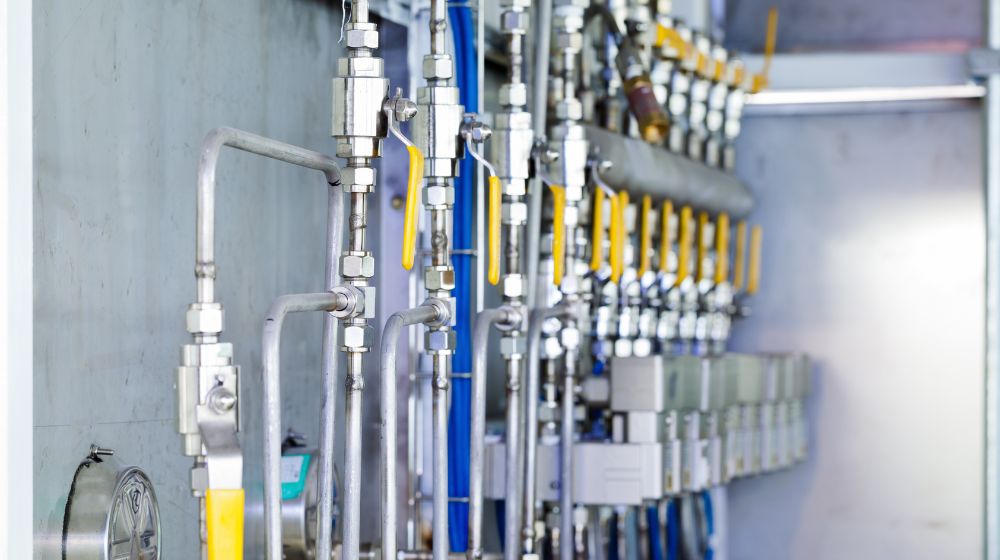
ขั้นตอนที่ 4: ทดสอบและตรวจสอบ
หลังจากติดตั้งบอลวาล์วใหม่แล้ว คุณต้องทดสอบและตรวจสอบ คุณต้องรันระบบที่ปิดระบบไว้ตั้งแต่แรกเพื่อตรวจสอบรอยรั่ว หากไม่มีรอยรั่ว แสดงว่าการติดตั้งเสร็จสมบูรณ์ หากมีรอยรั่ว คุณต้องตรวจสอบบอลวาล์วอีกครั้ง
บทสรุป
ข้างต้นนี้คือปัญหาที่อาจเกิดขึ้นกับบอลวาล์ว และขั้นตอนเฉพาะเกี่ยวกับวิธีการเปลี่ยนบอลวาล์ว เราเชื่อว่าคุณจะได้ประโยชน์มากมายหลังจากอ่านบทความนี้
บอลวาล์วเป็นวาล์วที่นิยมใช้กันทั่วไปในอุตสาหกรรม ได้รับความนิยมอย่างแพร่หลายในท้องตลาด หากคุณต้องการบอลวาล์วประสิทธิภาพสูงที่มีความทนทานสูง โปรดติดต่อเรา เรายินดีให้บริการและรับประกันการทำงานที่ราบรื่นของระบบท่อของคุณ

